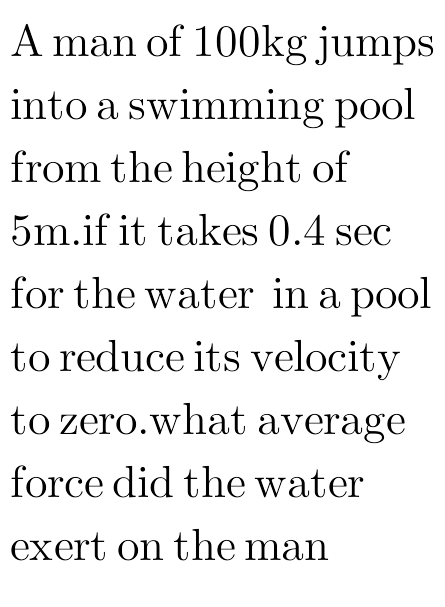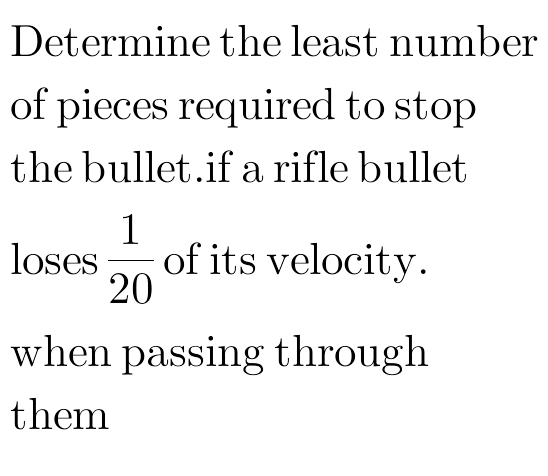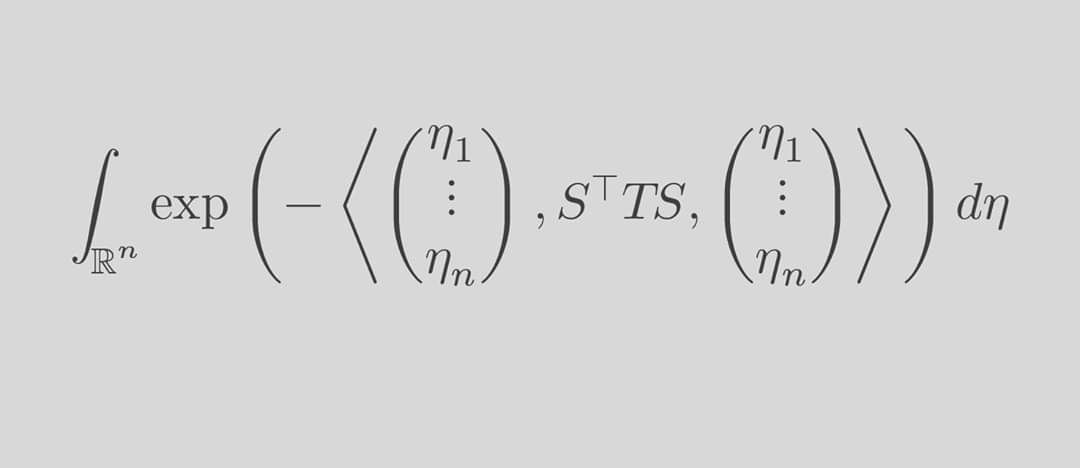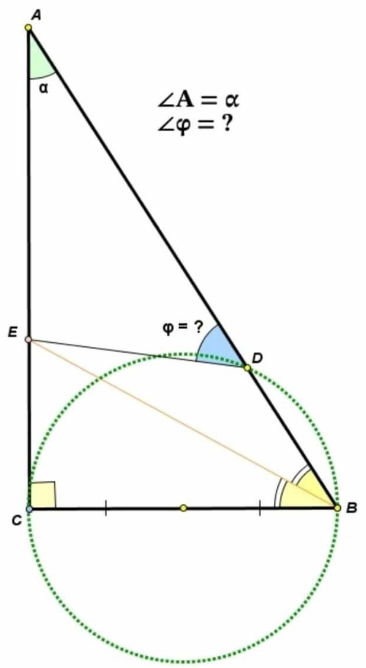
AllQuestion and Answers: Page 1188
Question Number 97637 Answers: 0 Comments: 1
Question Number 97629 Answers: 1 Comments: 0

Question Number 97628 Answers: 1 Comments: 0

Question Number 97627 Answers: 2 Comments: 0
Question Number 97626 Answers: 0 Comments: 2
Question Number 97625 Answers: 1 Comments: 0
Question Number 97624 Answers: 2 Comments: 0
Question Number 97622 Answers: 0 Comments: 0
Question Number 97620 Answers: 1 Comments: 0
Question Number 97619 Answers: 1 Comments: 0
Question Number 97617 Answers: 0 Comments: 0
Question Number 97616 Answers: 1 Comments: 0
Question Number 97615 Answers: 0 Comments: 0

Question Number 97606 Answers: 1 Comments: 0
Question Number 97600 Answers: 1 Comments: 0

Question Number 97597 Answers: 0 Comments: 3
Question Number 97591 Answers: 1 Comments: 0
Question Number 97590 Answers: 1 Comments: 0
Question Number 97577 Answers: 2 Comments: 1
Question Number 97576 Answers: 2 Comments: 0
Question Number 97569 Answers: 1 Comments: 0
Question Number 97564 Answers: 1 Comments: 0

Question Number 97563 Answers: 1 Comments: 0
Question Number 97557 Answers: 1 Comments: 0

Question Number 97555 Answers: 0 Comments: 8

Question Number 97554 Answers: 1 Comments: 5
Pg 1183 Pg 1184 Pg 1185 Pg 1186 Pg 1187 Pg 1188 Pg 1189 Pg 1190 Pg 1191 Pg 1192
